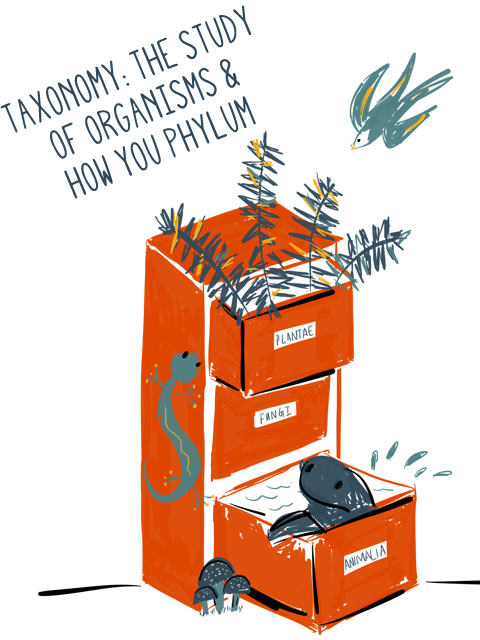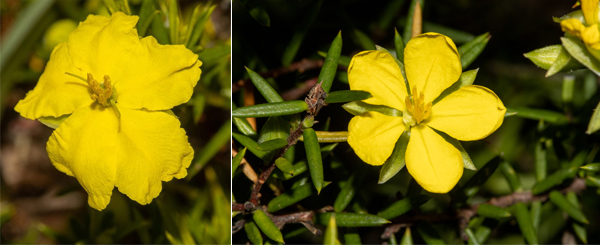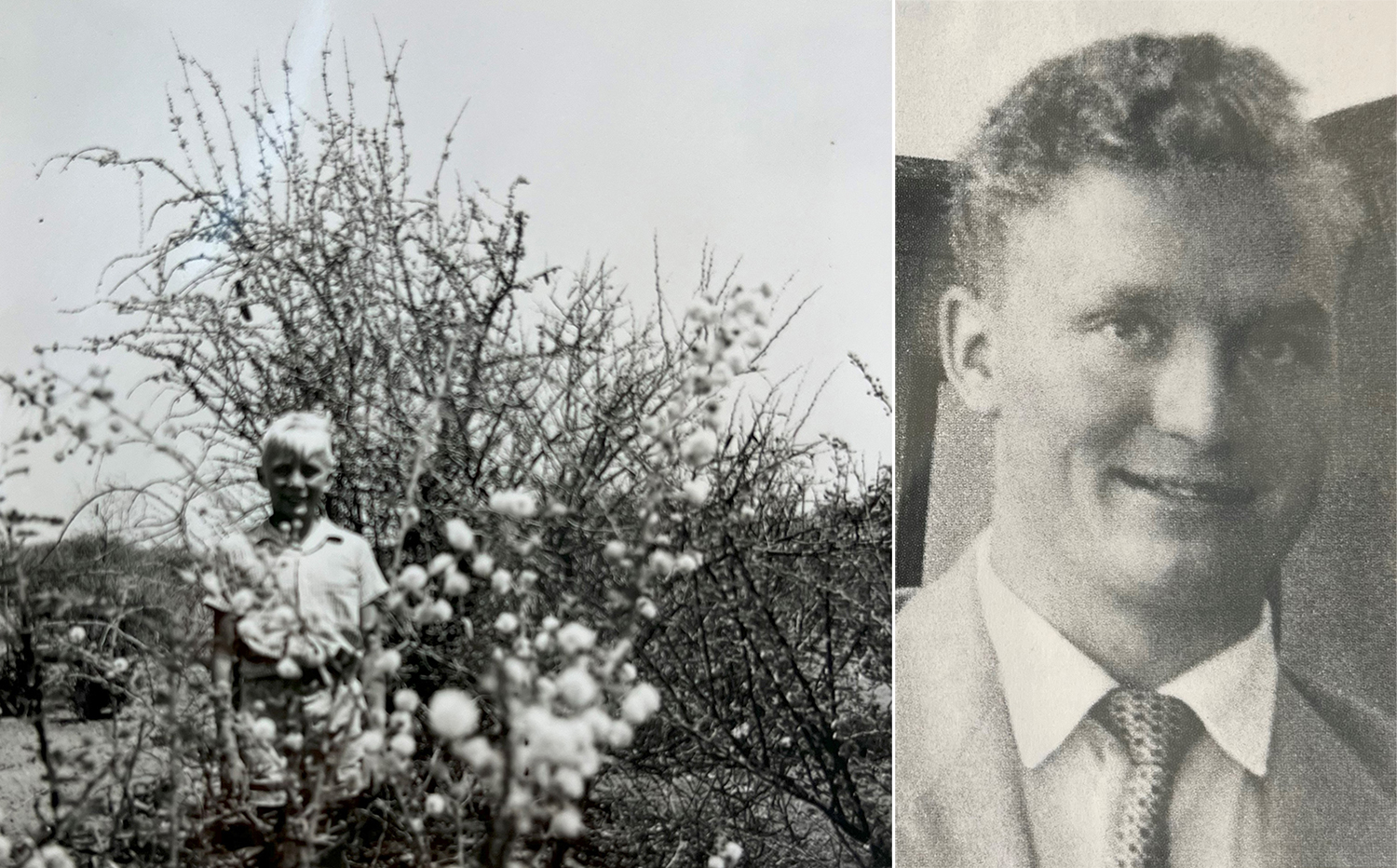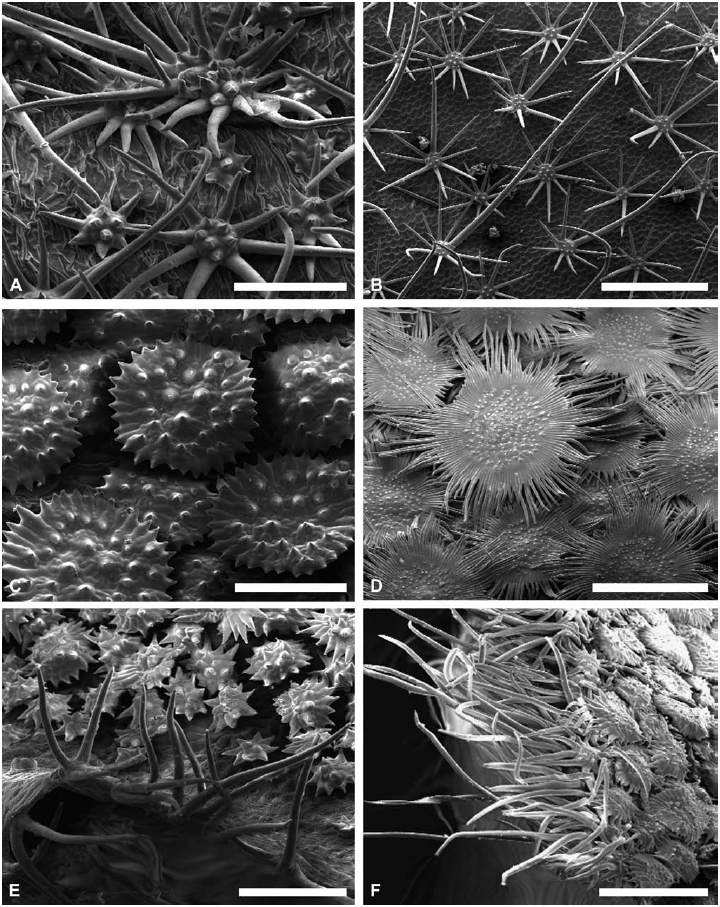This day was declared 11 years ago when Californian researcher and Associate Professor in Biology Terry McGlynn decided to boost appreciation of these critical scientists. As the science of organism classification (identifying, naming, describing and ordering), taxonomy underpins all other biological sciences. You need to know what something is in order to study it further: Learn its chemical and physical properties, mimic it for human inventions, or conserve it in the wild. As McGlynn himself said:
was declared 11 years ago when Californian researcher and Associate Professor in Biology Terry McGlynn decided to boost appreciation of these critical scientists. As the science of organism classification (identifying, naming, describing and ordering), taxonomy underpins all other biological sciences. You need to know what something is in order to study it further: Learn its chemical and physical properties, mimic it for human inventions, or conserve it in the wild. As McGlynn himself said:
Without taxonomists, entire fields wouldn’t exist. We’d be working in darkness.
Whether you realise it or not, you are interested in taxonomy, or at least you use it. When you send your friend a picture of an interesting flower or potential weed you found in your garden, you are seeking to understand taxonomy.
On a grander scale, climate change and the current biodiversity crisis are pressing environmental concerns that cannot be tackled without taxonomy. Experts in some species groups are scarce, and taxonomy itself is a dying art. This is why we say thank you to our taxonomists, and why we encourage people to consider this path for their (and the world’s) future.
Thanks Herbie!
As for the State Herbarium of South Australia in particular: In the year preceding this 2024 Taxonomist Appreciation Day, staff and Honorary research associates published 40 new Australian taxa (species and subspecies) and 3 new combinations (such as the transfer of an existing species to another genus). In addition, botanists from other institutions published 5 new species and 16 new combinations in our journal Swainsona.

Three new species published during the last year: Ptilotus ostentans, Hibbertia fulva and P. durus. Photos: G. Krygsman, K. Brennan & D.J. Duval.
Some of the newly published species are pictures above, they include: Ptilotus ostentans from Western Australia described by Tim Hammer and R.W. Davis; Hibbertia fulva from the Northern Territory published by Tim Hammer; a rare Ptilotus was also published by Terena Lally from the Australian National Herbarium, P. durus, after having been discovered during fieldwork of the South Australian Seed Conservation Centre, several years ago.
On Taxonomist Appreciation Day, we are grateful to all taxonomists who tirelessly describe the world’s biodiversity, but today we would like to highlight the outstanding contributions of long-time researcher, staff member and now Honorary Research Associate Dr Hellmut Toelken, who published a whopping 85% of the herbarium’s 2023-24 taxonomic work.
Two examples of species described by Hellmut can be seen below: Hibbertia prorufa from Sydney (photo: T. Hammer) and H. pustulifolia from the Blue Mountains.

Two species described by H.R. Toelken (from left to right): Hibbertia prorufa and H. pustulifolia. Photos: T.A. Hammer.
So please think of all the toiling taxonomists out there today and pass on your gratitude. Even better, if you are interested in this field, why not pursue taxonomy yourself? With an estimated 75% of Australian biodiversity still to be discovered and described, there’s clearly a pressing need. Maybe we’ll be thanking you and highlighting your contributions in years to come.
Written by State Herbarium staff member Jem Barratt.














You must be logged in to post a comment.